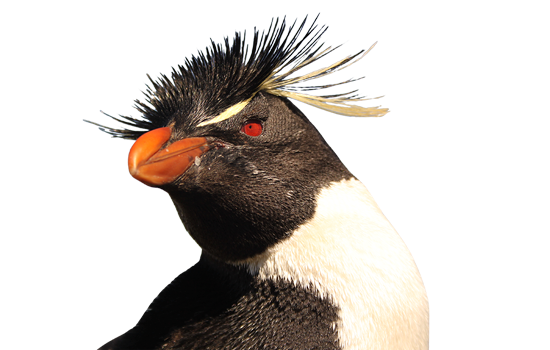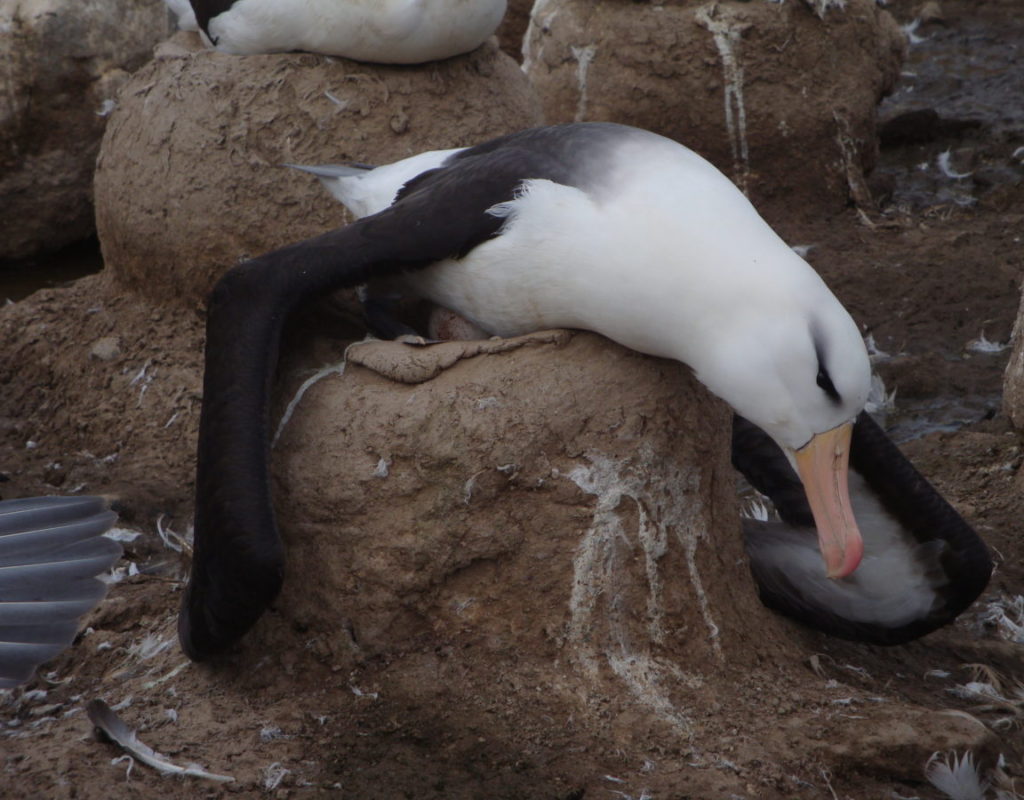Reporting and Biosecurity
It is vital that all cases or suspected cases of wildlife disease are reported before they spread any further. A rapid response is essential in being able to understand the disease and administer site management if necessary.
Biosecurity is the best form of control to prevent spread of a suspected infection. Virkon-S is a commercial product that is a proven disinfectant against poxvirus. It can be used as a foot dip or to wipe over surfaces.
Red Tides
Red tides or harmful algal blooms are sporadic events where phytoplankton produce toxins which can be consumed by filter feeders such as bivalve molluscs, and by a variety of zooplankton (small aquatic animals), including the juvenile stages of lobster krill, euphausids, etc, which in turn are eaten by seabirds, fish and squid. The suspected last red tide event at the Falklands was during the breeding season of 2002/2003 with numerous reports of birds exhibiting clinical signs of illness and dying or dead birds.
At all sites where birds were affected, the observed symptoms were all the same, starting with partial paralysis of the legs making the birds wobbly, then it progressed to birds not being able to stand up anymore and finally dying. It was indicated that symptoms were evident in a range of seabirds; penguins, gulls, prions, albatross, cormorants, etc. and species with a diversity of diets were affected.











